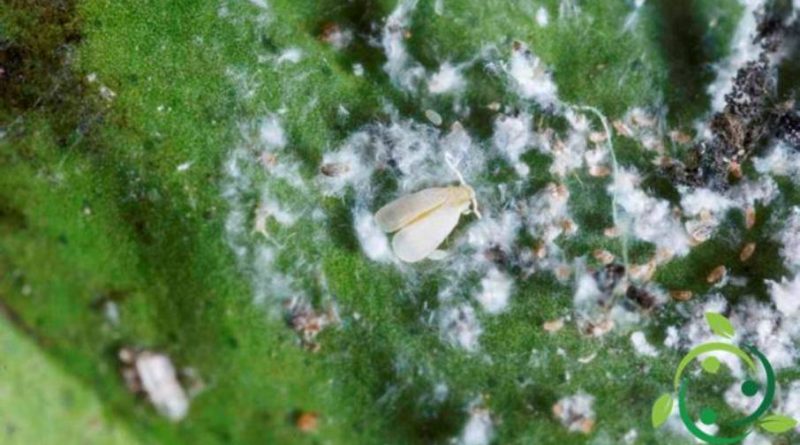How to fight the flaky aleirode in a biological way
How to fight the flaky aleirode in a biological way
The control of the citrus-flavored’Aleirode (Aleurothrixus floccosus (Mask.)), Also known as the fluffy white Moscow of citrus fruits, starts from some agronomic considerations. This insect arrived in Sicily in the port of Trapani, in the ’80s, is now widespread in the citrus areas of central and southern Italy, the islands and Liguria.
The adult of this insect, which has dimensions of about 1.5 mm in length, is yellowish and has the body covered with a whitish waxy powder; the nymphs, on the other hand, are characteristic for the abundant flocky interweaving of white wax threads, which protect the body.
The damage is mainly due to sap suction, with the production of abundant honeydew that, together with the waxy production, smears fruits and leaves (to prevent access to farmers) with subsequent establishment of fumigates and ants. Insects lurk in the lower pages of the leaves and also on the fruits. The result, in addition to the depreciation of the fruit can even come to the death of the plants. The biological cycle of the Aleurothrixus floccosus is characterized by the overcoming of winter as a neanid of 3rd or 4th age; it can survive the winter even as an egg.
The flicker of adults starts from the beginning of spring with egg laying, in a semicircle or circle, on the lower page of the leaves. During the year it is possible to have 4-6 generations on average.
Before even talking about means of struggle for this insect, it should be immediately clear that the first containment must be operated with cultivation techniques and measures that disadvantage the Aleurothrixus floccosus. The main measures are the elimination of synthetic nitrogen fertilizers, substituted by organic ones; Nitric nitrogen tends to make the leaves particularly appetite for this insect. Another technique is that of the greater aeration of the foliage, with a gradual thinning of the internal parts and subsequent washing, from the bottom to the top, with water and Marseilles soap. This insect takes great advantage of dusty plants and therefore even the simple washing with water, repeated several times, annoys it. Another good technique is that of the cultivation of citrus groves which create ecological conditions favorable to various antagonists. Among the antagonists I remember especially the afelinide, Cales noacki which, together with G. Liotta and G. Maniglia, we introduced in early 1980. The result was surprising and with launches (in addition to the above techniques), sample and various parts of Sicily, the population of A. Floccosus began to decline rapidly. The launch of a black vespina (Aphelinus mali Haid.) Was also performed, but it has never been able to adapt well to our climatic conditions and above all to the control of the Aleurothrixus floccosus.
Guido Bissanti
Bibliography
Observations on the population dynamics of Aleurothrixus floccosus (Mask.) (Hom. Aleyrodidae) in the presence of the parasitoid Cales noaki How. (Hym. Aphelinidae) – Giuseppe Maniglia, Maria C. Perricone £ Guido Bissanti (1988).

